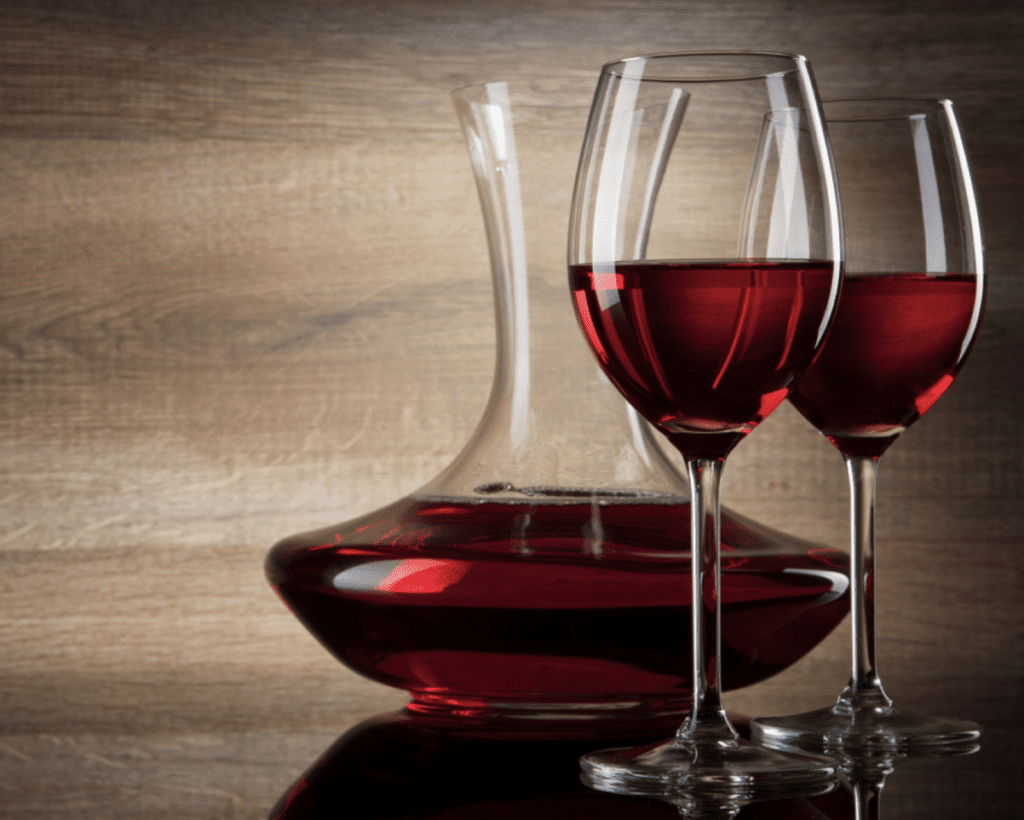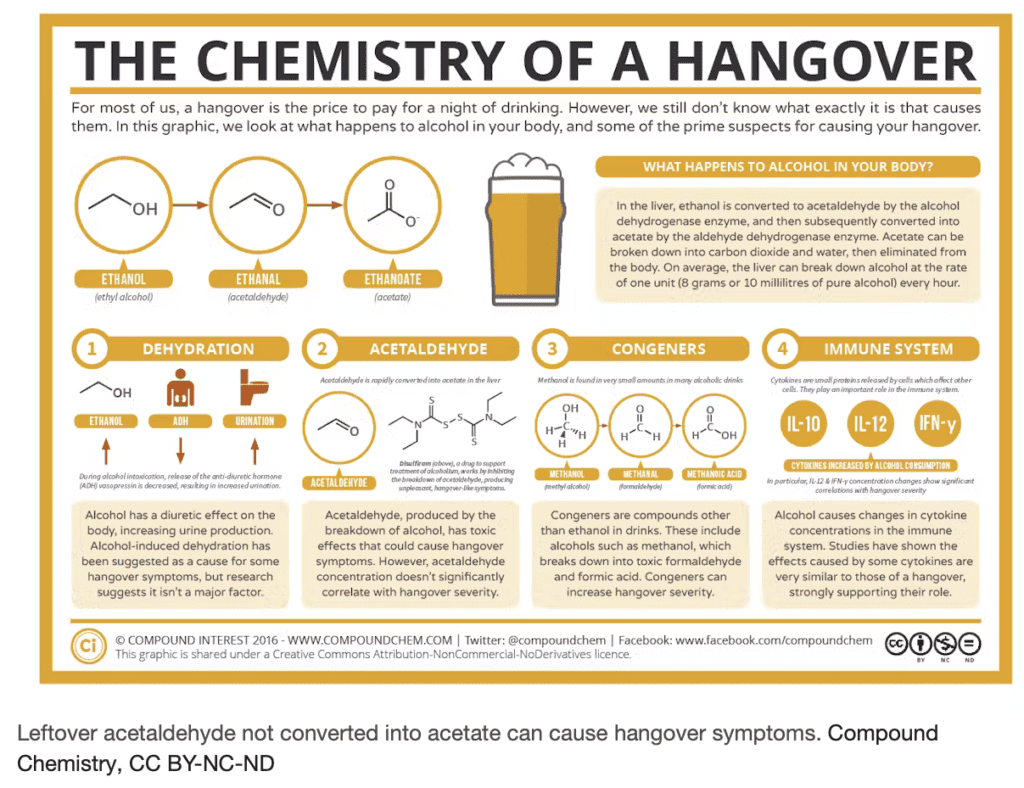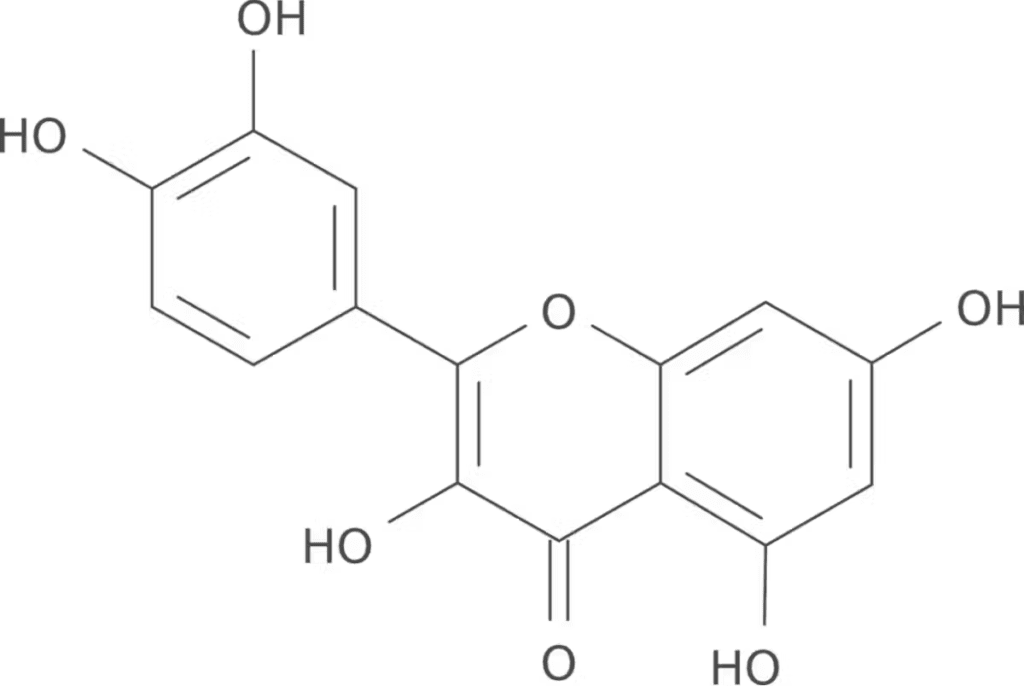Daniel Salzler No. 1286
EnviroInsight.org Five Items December 27, 2024
—————Feel Free To Pass This Along To Others——————
If your watershed is doing something you would like others to know about, or you know
of something others can benefit from, let me know and I will place it in this Information .
If you want to be removed from the distribution list, please let me know.
Please note that all meetings listed are open.
Enhance your viewing by downloading the pdf file to view photos, etc.
The attached is all about improving life in the watershed through knowledge.
If you want to be removed from the distribution list,
please let me know. Please note that all meetings listed are open.
Check our website at EnviroInsight.org
Merry Christmas! Happy Hanukkah!

May Your Holiday’s be
Bright and Filled With
Love and Happiness!
2. Climate Influence On A Morning Staple. Arabica coffee futures hit new highs recently, pushing past a record set in April 1977.
Futures prices for the high-end beans used in cafes have nearly doubled over the past year and have jumped more than 35% since October over worries for the Brazilian crop.
Hot, dry weather struck this summer when Brazil’s coffee trees were simultaneously bearing the fruit that was harvested in this year while developing the next batch of buds, said Judy Ganes, a Panama-based commodities and futures analyst. The result was puny beans in the most recent crop and defoliated trees in important growing regions that suggest problems ahead.
On Tuesday, the most-traded arabica futures contract, for March delivery, ended at $3.3415 a pound after trading as high as $3.4835. Contracts for delivery later this month ended at $3.474. The high-end beans to which Americans have become accustomed never cost more.
Coffee brewers often trade down to robusta beans when arabica prices rise. But the lower-grade beans hit their own record price last month thanks to drought in Vietnam’s growing season and heavy rains now that have complicated harvests.
The gains threaten to make your morning cup of joe more expensive whether you brew it at home or grab it to go. Big coffee makers have already raised prices this year and executives have told investors that they are trying to figure out how much higher they can lift them without turning away customers.
“We will continue to pull the levers available to us, whether that’s trade or obviously cost reduction, to try to make sure that we don’t take price up too much and are very careful to what the consumers can bear,” said Mark Smucker, chief executive of J.M. Smucker, which sells the Dunkin’, Folgers and Café Bustelo brands.
Coffee is the latest of the so-called soft commodities to surge in price due to poor crops.
Prices for cocoa, the key ingredient of chocolate, skyrocketed this spring when the dry Harmattan winds foiled West African growers working with trees well-past their productive primes. Orange juice futures have nearly quadrupled over the past three years as citrus greening disease has laid waste to Florida’s groves. Source: Wall Street Journal, December 11, 2024
3.Toasting The New Year. Why Does Red Wine Cause Headaches? Our research points to a compound found in the grapes’ skin.
Medical accounts of red wine headaches go back to Roman times, but the experience is likely as old as winemaking – something like 10,000 years. As chemists specializing in winemaking, we wanted to try to figure out the source of these headaches.
Many components of red wine have been accused of causing this misery – sulfites, biogenic amines and tannin are the most popular. Our research suggests the most likely culprit is one you may not have considered.

The common suspects
Sulfites have been a popular scapegoat for all sorts of ailments since it became mandatory in the 1990s to label them on wines in the U.S. However, not much evidence links sulfites directly to headaches, and other foods contain comparable levels to wine without the same effects. White wines also contain the same amount of sulfites as red wines.
Your body also produces about 700 milligrams of sulfites daily as you metabolize the protein in your food and excrete it as sulfate. To do so, it has compounds called sulfite oxidases that create sulfate from sulfite – the 20 milligrams in a glass of wine are unlikely to overwhelm your sulfite oxidases
Some people point the finger for red wine headaches at biogenic amines. These are nitrogenous substances found in many fermented or spoiled foods, and can cause headaches, but the amount in wine is far too low to be a problem.
Tannin is a good guess, since white wines contain only tiny amounts, while red wines contain substantial amounts. Tannin is a type of phenolic compound – it’s found in all plants and usually plays a role in preventing disease, resisting predation or encouraging seed dispersal by animals.
But there are many other phenolic compounds in grapes’ skin and seeds besides tannin that make it into red wines from the winemaking process, and are not present in white, so any of them could be a candidate culprit.
Tannin is also found in many other common products, such as tea and chocolate, which generally don’t cause headaches. And phenolics are good antioxidants – they’re unlikely to trigger the inflammation that would cause a headache.
A red wine flush
Some people get red, flushed skin when drinking alcohol, and the flushing is accompanied by a headache. This headache is caused by a lagging metabolic step as the body breaks down the booze.
The metabolism of alcohol happens in two steps. First, ethanol is converted to acetaldehyde. Then, the enzyme ALDH converts the acetaldehyde to acetate, a common and innocuous substance. This second step is slower for people who get flushed skin, since their ALDH is not very efficient. They accumulate acetaldehyde, which is a somewhat toxic compound also linked to hangovers.

So, if something unique in red wine could inhibit ALDH, slowing down that second metabolic step, would that lead to higher levels of acetaldehyde and a headache? To try to answer this question, we scanned the list of phenolics abundant in red wine.
We spied a paper showing that quercetin is a good inhibitor of ALDH. Quercetin is a phenolic compound found in the skins of grapes, so it’s much more abundant in red than white wines because red grape skins are left in longer during the fermentation process than white grape skins.
Putting enzymes to the test

Testing ALDH was the next step. We set up an inhibition assay in test tubes. In the assay, we measured how fast the enzyme ALDH breaks down acetaldehyde. Then, we added the suspected inhibitors – quercetin, as well as some other phenolics we wanted to test – to see whether they slowed the process.
The chemical structure of quercetin, which may cause red wine headaches. Johannes Botne, CC BY-SA
These tests confirmed that quercetin was a good inhibitor. Some other phenolics had varying effects, but quercetin glucuronide was the winner. When your body absorbs quercetin from food or wine, most is converted to glucuronide by the liver in order to quickly eliminate it from the body.
Our enzyme tests suggest that quercetin glucuronide disrupts your body’s metabolism of alcohol. This disruption means extra acetaldehyde circulates, causing inflammation and headaches. This discovery points to what’s known as a secondary, or synergistic, effect.
These secondary effects are much harder to identify because two factors must both be in play for the outcome to arise. In this case, other foods that contain quercetin are not associated with headaches, so you might not initially consider quercetin as the cause of the red wine problem.
The next step could be to give human subjects two red wines that are low and high in quercetin and ask whether either wine causes a headache. If the high-quercetin wine induces more headaches, we’d know we’re on the right track.
So, if quercetin causes headaches, are there red wines without it? Unfortunately, the data available on specific wines is far too limited to provide any helpful advice. However, grapes exposed to the Sun do produce more quercetin, and many inexpensive red wines are made from grapes that see less sunlight.
If you’re willing to take a chance, look for an inexpensive, lighter red wine. Source: The Conversation
4. Did Ya Know? Why Oceans Are Salty and Lakes And Rivers Not? Most water is at least a little bit salty, even in freshwater, rivers and lakes. Salts dissolve into the water as water moves through soil and rocks. But the water and lakes and rivers is constantly coming and going., with rainfall snowmelt and groundwater keeping the supply relatively fresh. Freshwater, and the salt it contains, eventually pours into the ocean, but the only way that water leaves the ocean issue evaporation. This leaves the salt behind making the salt concentration much higher. The ocean is saltier in places where it’s warm and evaporation is high. We also find salty water in inland lakes where there is no outlet such as the Great Salt Lake in Utah and the Caspian Sea. Source: Smithsonian magazine December 2024.
5. Why Do We Revert To Our Childhood Selves When We Visit Family? Attachment theory is a widely studied theory of human bonding developed in the early 20th Century.
It suggests our early experiences – especially how we “attached” to parents and primary caregivers as children – influence how we interact with family and in other close relationships.
As adults, we hold certain thoughts, beliefs and stories about these early experiences. These can be positive or negative, and guide how we act around our parents (or later in life, romantic partners).
Together these attitudes, beliefs and behaviours form our “attachment pattern”.
Around 60% of people have a secure pattern. They usually hold quite positive memories about their early relationship with parents. They can communicate openly and honestly with caregivers and turn to them for advice and comfort.
The remaining 40% have an insecure pattern. They often have negative attitudes towards early experiences with their parents. As a result, some people will act withdrawn and distant towards loved ones (known as “avoidant”). Others may need high levels of closeness and validation, and fear rejection (“anxious”).
Do we treat our parents how we’ve been treated?
One of the major questions in attachment research is whether parents pass their attachment pattern onto their children. This is known as “intergenerational transmission”.
For example, a parent may be distant or withdrawn around their young child early in life. As an adult, that child may in turn treat their parent in a similar way. This would indicate the passing down of an avoidant attachment pattern.
This may be one reason we find ourselves falling into “old patterns” when we’re in the presence of our parents or other close family.
Your temperament also plays a role in how you develop an attachment pattern.
Is there anything I can do?
1. Talk to someone – In the lead-up to family time, speak to a close friend or a wise relative about your concerns.
2. Talk to yourself – All of us have a stronger and wiser self inside us. If you’re reminded of negative childhood experiences with family, you may experience feeling emotional, reactive or uncertain.
3. Take a break – Can you temporarily remove yourself? Find somewhere you can have a short break to calm your mind and feelings.
For instance, you can use breathing techniques to slow down and calm your mind.
Another strategy is to call out your negative thoughts. One way to do this is by sarcastically “thanking your mind” for the negative thought. This allows you to better identify the negative thought and to put the brakes on how much you listen to that thought.
Sometimes – especially during the festive season – we feel we should put up with it and push through negative interactions with family. But this can sometimes cause more problems.
It’s OK if you’re feeling vulnerable and emotional. It may also help to find an ally (such as an understanding sibling) who can help you ride the wave of emotion and to talk through your feelings. You can rejoin festivities when you’ve regrouped. Source: The Conservation Dec 16, 2024
Just Remember that this is time to have a HAPY HOLIDAY season.
Copyright:2024 EnviroInsight.org
